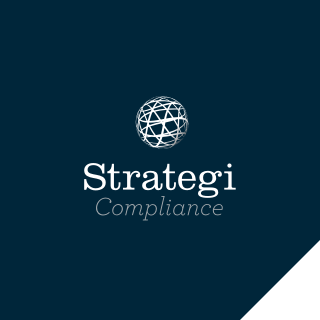Alongside other measures such as identity checking, transaction monitoring allows staff to pick up red flags and suspicious transactions early. This may prevent your business being embroiled in a money laundering scheme plus it can assist the police to catch the criminals.
With audit season approaching for many, it is timely to review what auditors look at when testing TM systems:
- Are you following the TM process that is described in your programme?
- What TM scenarios/rules do you have in place?
- Are the TM scenarios/rules appropriate for your business?
- The number of unresolved and longstanding alerts.
- Any suspicious activity reports and how cases are being managed?
- How you identify and report on prescribed transactions?
- Are you conducing watchlist and sanction screening where appropriate?
Outside of your audit it is important to review your TM processes at least annually to make sure they are up to date and working. There are three basic questions you need to ask when you do this:
Are we following the TM process that is described in our programme?
- Is the process still effective?
- If it isn’t, how can we improve it?
Continuous education is also key. Your AML/CFT compliance officer should be up to speed with the latest money laundering typologies, especially those that have been identified for your specific sector.
Once you have your processes in place and are confident that they are effective, then ensure they are constantly being followed. Criminals look for opportunity, so don’t give them any.
If you need assistance in this area, don’t hesitate in making contact with any of our friendly AML/CFT specialists. We also encourage you to sign up for our sector specific AML/CFT training which we are running in April. Find out more…


